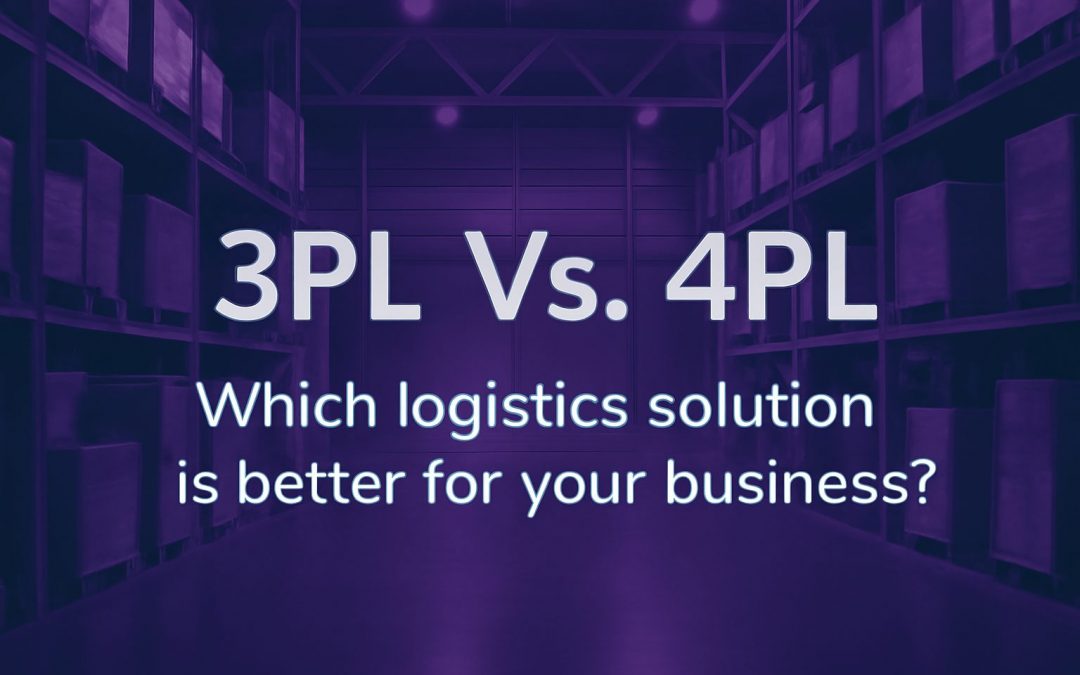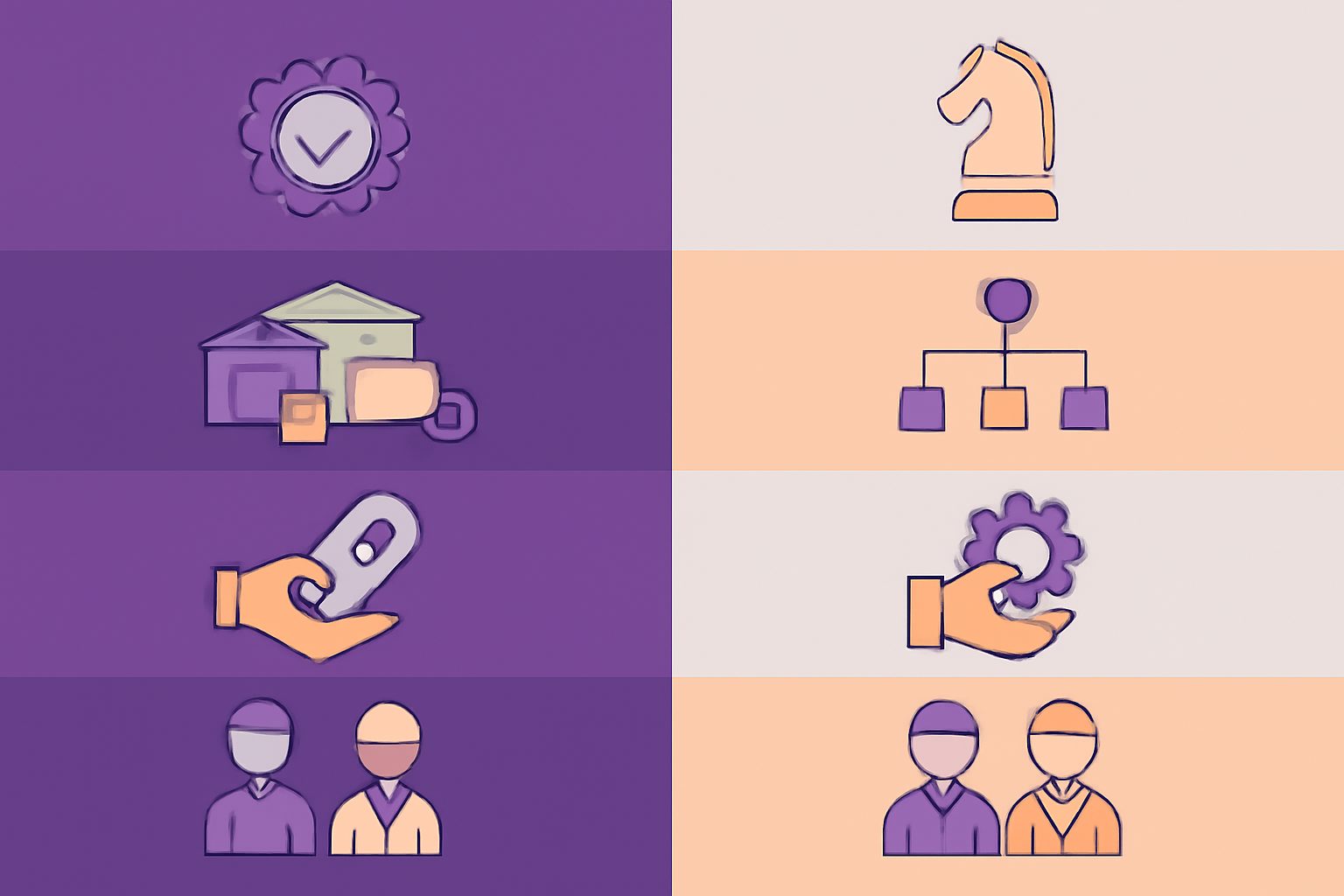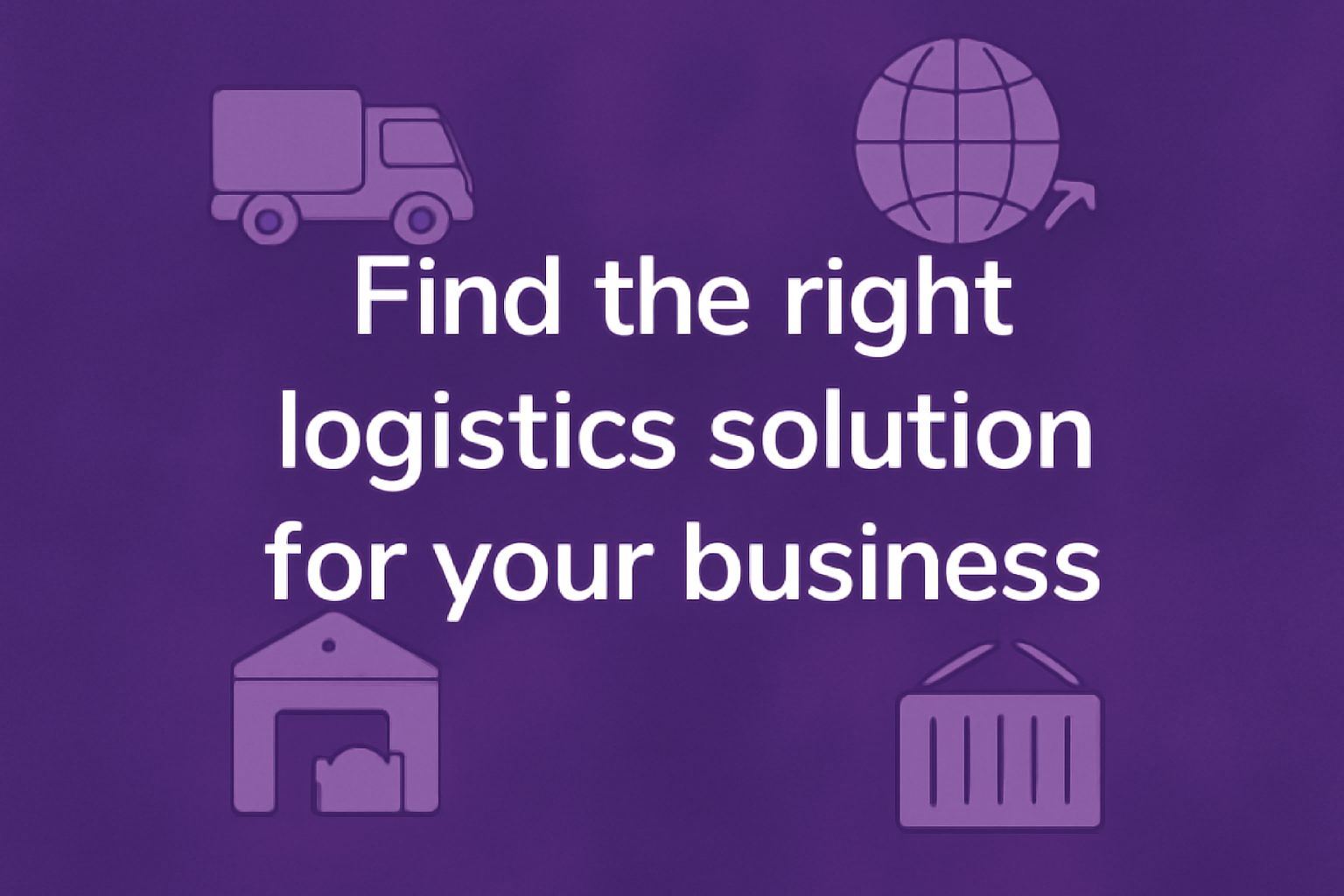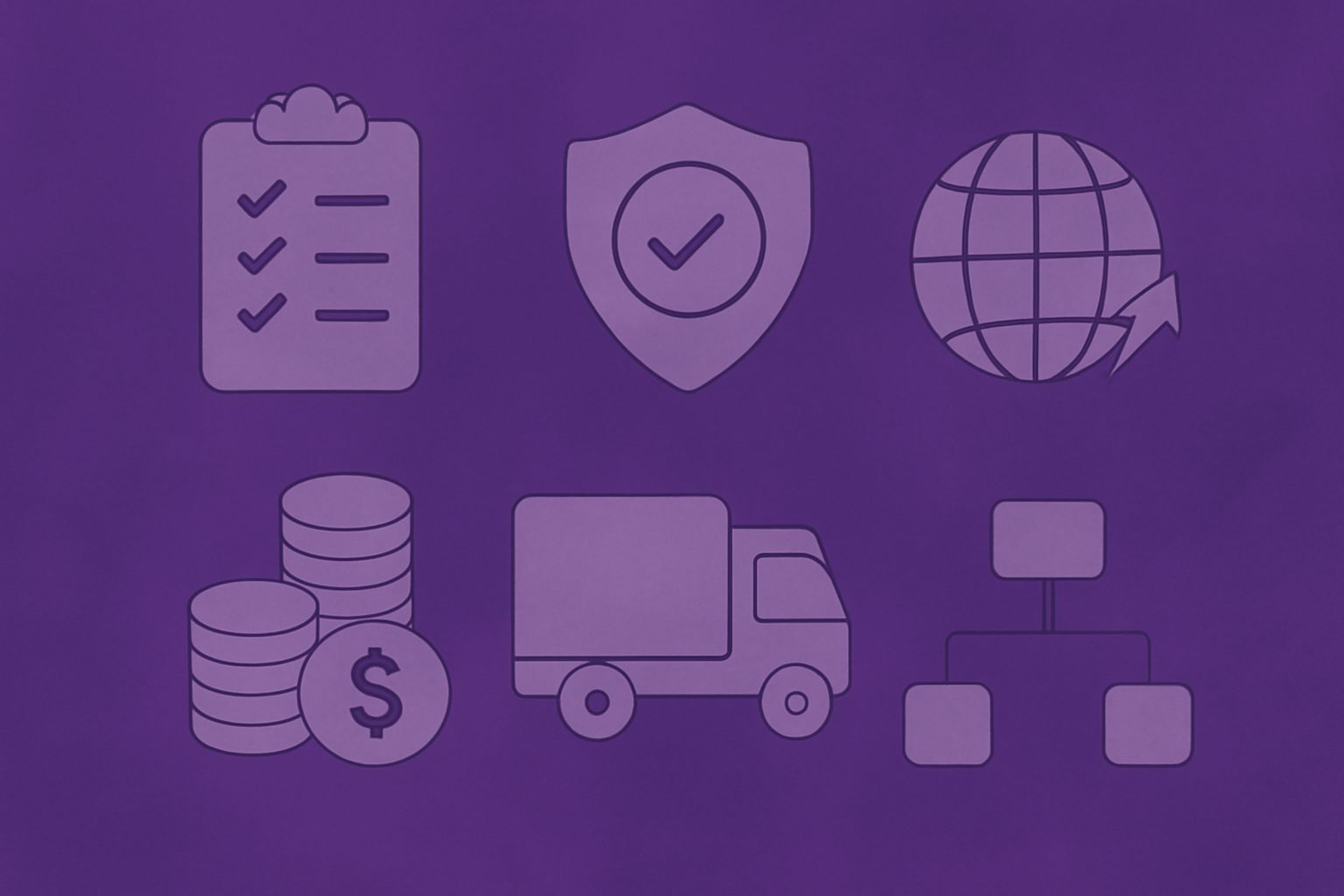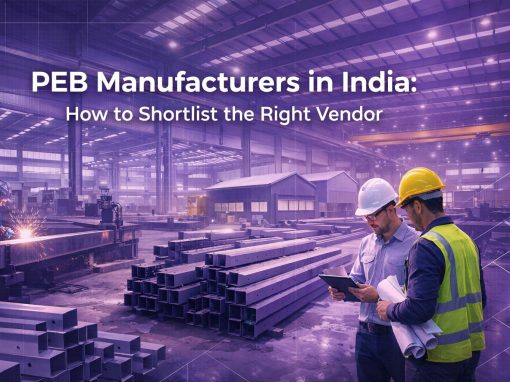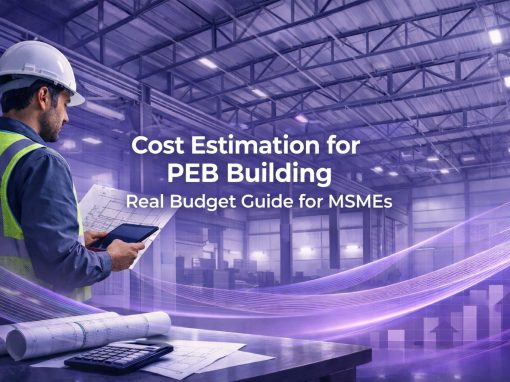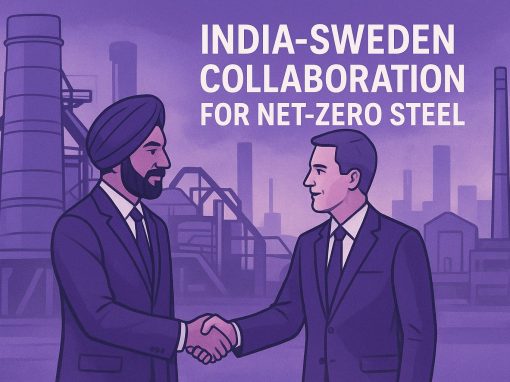Table of Contents
Third-party logistics (3PL) and fourth-party logistics (4PL) may sound similar, but their roles in the supply chain differ in scope and responsibility. Let us explore their differences.
Put simply, a 3PL provider focuses mainly on execution. It manages specific logistics functions such as warehousing, transportation, distribution, or order fulfillment. Businesses often outsource these activities for efficiency and to reduce costs. In a 3PL set up, the company retains overall control of its supply chain strategy, with the third party handling day-to-day operational tasks.
A 4PL provider, on the other hand, takes on a more strategic role. Instead of just managing logistics activities, a 4PL integrates and oversees the entire supply chain on behalf of the business. This includes coordinating multiple 3PLs, technology systems, and resources, to optimise end-to-end supply chain solutions.
Core differences between 3PL and 4PL
| Feature | 3PL (Third-Party Logistics) | 4PL (Fourth-Party Logistics) |
| Scope | Focuses on execution and operational tasks. | Focuses on strategic management and optimisation. |
| Role | Handles specific logistics functions such as warehousing, transportation, distribution, and order fulfillment. | Manages the entire supply chain process, including coordination of 3PLs and overseeing the entire logistics ecosystem. |
| Control | The company retains overall control of the supply chain, outsourcing specific functions. | The company hands over the management and strategy of the entire logistics chain to the 4PL provider. |
| Integration | Provides services in isolation, typically for one aspect of logistics. | Integrates and coordinates multiple logistics services, including 3PLs, technology systems, and resources. |
| Technology | May provide some technology solutions but generally focuses on logistics tasks. | Uses advanced technology platforms for end-to-end visibility, optimisation, and reporting. |
| Flexibility | Offers flexibility in specific functions, but the company maintains control over the logistics strategy. | Provides flexibility by offering end-to-end solutions and managing multiple service providers for optimal results. |
| Customer relationship | Typically interacts with the company’s operational team. | Works closely with senior management to design and optimise the supply chain strategy. |
| Example | A company outsourcing its warehousing or transportation needs. | A company outsourcing its entire supply chain management, including strategy, technology, and multiple logistics providers. |
Is 3PL or 4PL more suitable for your business?
MSMEs have varying logistics needs, and so, the choice between 3PL and 4PL services largely depends on the complexity and scale of your operations. Here’s a general overview of which logistics solution could be ideal for your business based on your industry.
| MSME Type | Best Fit for 3PL | Best Fit for 4PL |
| Manufacturers |
|
|
| E-commerce Businesses |
|
|
| Retailers (Brick-and-Mortar) |
|
|
| Import/Export Businesses |
|
|
| Food & Beverage |
|
|
| Small-scale Distributors |
|
|
| Construction and Engineering |
|
|
Key elements of 3PL and 4PL
3PL logistics solutions
- Transportation Management: Handling the movement of goods, including freight forwarding, shipping, and delivery.
- Warehousing & Inventory Management: Storing goods and managing inventory levels, ensuring timely stock availability.
- Order Fulfillment: Picking, packing, and shipping products to customers, often including returns management.
- Customs & Compliance: Managing customs documentation and ensuring compliance with regulations for domestic and international shipments.
4PL logistics solutions
- Supply Chain Strategy & Optimisation: Designing and overseeing the entire logistics process, ensuring cost-effectiveness and efficiency across all stages.
- Integration of Multiple 3PL Providers: Coordinating and managing multiple 3PLs, vendors, and partners to ensure smooth operations.
- Technology & Data Management: Implementing and utilising advanced technology for real-time tracking, reporting, and analytics of the supply chain.
- End-to-end Visibility: Providing comprehensive visibility across the entire supply chain, offering insights into performance, bottlenecks, and improvement opportunities.
Top benefits of 3PL and 4PL logistics solutions for MSMEs
3PL
- Cost Efficiency: Reduces operational costs by outsourcing logistics functions, eliminating the need for businesses to invest in warehousing, transportation, and staffing.
- Scalability: Provides flexibility to scale logistics operations up or down based on demand, making it ideal for businesses with fluctuating needs.
- Focus on Core Competencies: Allows businesses to focus on their core operations, such as manufacturing or sales, while leaving logistics tasks to experts.
- Expertise & Industry Knowledge: Access to experienced logistics professionals who can streamline operations and ensure compliance with regulations.
4PL
- Comprehensive Supply Chain Management: Manages the entire supply chain, offering a holistic approach to improve efficiency and reduce costs across all stages of logistics.
- Strategic Oversight & Optimisation: Provides a higher-level, strategic view of logistics, identifying opportunities for optimisation and long-term improvements.
- End-to-End Visibility: Enables businesses to track the entire supply chain with real-time data, improving decision-making and operational transparency.
- Technology Integration: Leverages advanced technologies to integrate various logistics functions, providing seamless communication and better coordination across all partners.
Conclusion
Essentially, 3PL is ideal for businesses seeking to outsource specific logistics functions while 4PL is suitable for MSMEs looking to optimise their entire logistics process. For businesses with complex supply chains or a need for long-term optimisation, 4PL is the way to go.
Need reliable logistics solutions for your business?
Tata nexarc helps businesses streamline their supply chain with trusted transporters, competitive pricing, and real-time tracking—ensuring timely and cost-effective delivery across India.
FAQs
What is the main difference between 3PL and 4PL?
Can a business use both 3PL and 4PL services?
Which type of logistics provider is better for small businesses?
How do 3PLs handle peak season logistics?
Can 4PL help in international logistics management?
What technology do 3PLs typically use?
Do 4PLs offer customised solutions for each business?
Are 3PL services suitable for businesses with international operations?
How do 3PLs ensure compliance with regulations?
What kind of businesses should consider 4PL for their logistics needs?
A product manager with a writer's heart, Anirban leverages his 6 years of experience to empower MSMEs in the business and technology sectors. His time at Tata nexarc honed his skills in crafting informative content tailored to MSME needs. Whether wielding words for business or developing innovative products for both Tata Nexarc and MSMEs, his passion for clear communication and a deep understanding of their challenges shine through.
